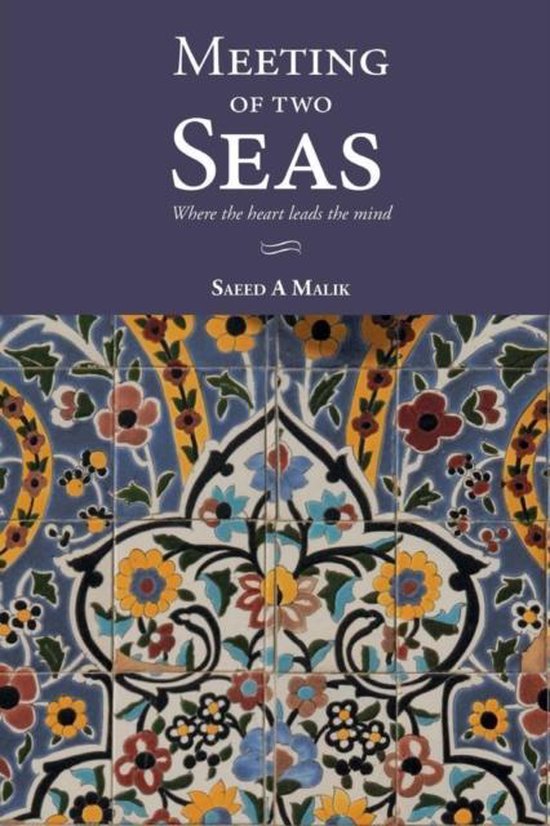
Meeting of two Seas
KIRKUS REVIEW
A thorough examination of Chapter 18 of the Quran exemplifies allegorical interpretation and reconciles common dichotomies like heart and mind, science and religion.
"Having lived a life immersed in physical sciences, I now find myself drawn by an irresistible appeal to the mystical shorelines of the hidden sea," Malik (A Perspective on the Signs of Al-Quran, 2010) writes. Such watery metaphors pervade the author's language as he expounds on various parables in the Surah Kahf. A central story has Moses--the Quran's most-mentioned prophet--setting out to find the meeting place of two seas. While this might be a real place, this is also a mystical journey to the union of heart and mind. Moses' companion on the quest for knowledge, Khidr, impairs a boat, kills a boy, and then--in a sudden merciful turn--repairs a crumbling wall. For Moses, it's a lesson in unquestioning obedience, even when God's will doesn't make sense. As Malik observes, this is like the journey of faith: the big picture is usually hidden from mortals. Another key parable concerns some young men who take refuge inside a cave and, Rip Van Winkle-like, emerge to find that centuries have passed. Malik cleverly links this example of "time dilation" to quantum physics' concepts of time and space while also invoking metaphors of resurrection. Bypassing the usual quagmire that results when religion tries to disprove science, he instead imagines the two coexisting. Indeed, his modus operandi throughout this learned guide is to seek intersections between two ideas: empirical and subjective; free will and predestination. "To those who have made the plunge" of faith, Malik insists, those seemingly contradictory pairs become a nonissue. The book, written in an inviting first-person plural, makes scholarly comparisons between different translations of the Quran (in italics, with footnote references), accompanied by Arabic script and color images. Erratic hyphenation is a rare stylistic flaw in an otherwise fluid text. Dense with details, this impressive volume rewards a slow, meditative reading.
Eye-opening in terms of the parity between the Abrahamic faiths, this fine model of scriptural analysis merits study by mystics of any faith--Kirkus Reviews
| Auteur | | Malik a Saeed |
| Taal | | Engels |
| Type | | Paperback |
| Categorie | | Religie, Spiritualiteit & Filosofie |